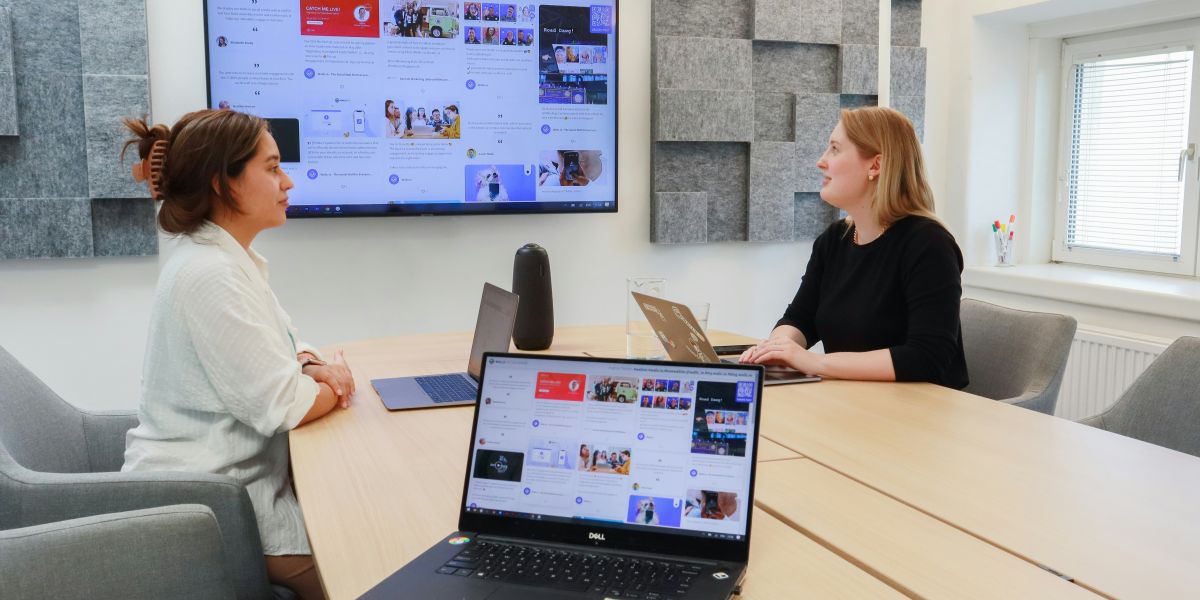Color correction involves not only artistic skill but also a deep understanding of technical aspects and the ability to troubleshoot common issues. Knowing how video formats, compression, and monitoring affect the image quality is essential for achieving professional results. Additionally, color matching across shots and handling noise or artifacts require careful attention. This article delves into the technical foundations of color correction and offers practical solutions for frequent problems encountered during the process.
Read also: How to Improve Your Garage for More Space and Use
Understanding Video Formats and Compression
Video formats and compression techniques play a crucial role in the quality of footage available for color correction. Different cameras and workflows produce files in various formats, each with its own characteristics and limitations. Common formats include ProRes, DNxHD, and H.264, among others.
Compression reduces file size but can also degrade image quality by removing data deemed less important. High compression formats, like some consumer codecs, may introduce artifacts that complicate color correction. Working with higher-quality, less compressed footage whenever possible preserves color detail and dynamic range.
Understanding the characteristics of each format helps colorists make informed decisions about workflow and expected results. It also influences export settings, as the final output must be compatible with delivery platforms without further quality loss.
Dealing with Noise and Artifacts
Noise and artifacts are common challenges in video footage, especially in low-light conditions or with highly compressed files. Noise appears as random speckles or grain, while artifacts may include blockiness or color banding.
Color correction tools often include noise reduction filters, but applying these requires balance. Overusing noise reduction can soften the image and reduce detail, while insufficient treatment leaves distracting imperfections.
Addressing noise early in the workflow is advisable to prevent it from affecting subsequent color adjustments. Sometimes, using specialized plugins or software dedicated to noise reduction yields better results than built-in tools.
Artifacts may arise from compression or improper camera settings. Identifying their cause helps determine the best approach, which may include sourcing higher-quality footage or adjusting compression parameters.
Color Matching Across Shots
Maintaining color consistency across multiple shots is vital for seamless storytelling. Different cameras, lighting conditions, or settings can result in noticeable color shifts that distract viewers.
Color matching involves adjusting footage so that colors and tones appear uniform throughout a scene or sequence. This process often begins with primary correction to normalize exposure and white balance, followed by finer secondary adjustments.
Using reference frames or stills helps establish a visual target. Tools like waveform monitors, vectorscopes, and histograms assist in making objective comparisons and adjustments.
Good color matching enhances narrative coherence and professionalism, preventing jarring visual discrepancies that pull audiences out of the story.
Monitoring and Calibration
Accurate monitoring is essential for reliable color correction. Colorists depend on calibrated monitors that faithfully reproduce colors and brightness levels.
Calibration involves adjusting monitors to industry standards using hardware tools and software. Regular calibration ensures consistency over time and across different workstations.
Working in controlled lighting environments reduces glare and reflections that can skew perception. Additionally, viewing content on multiple devices, including TVs and mobile screens, helps verify how colors translate across platforms.
Proper monitoring allows colorists to trust their judgments and deliver results that meet creative and technical expectations.
Common Problems and Solutions
Several issues commonly arise during color correction. These include color clipping, banding, and unintended shifts in hue or saturation.
Color clipping occurs when brightness exceeds a monitor’s or format’s range, causing loss of detail in highlights or shadows. Preventing clipping requires careful exposure adjustments and monitoring of scopes.
Banding appears as visible stripes in gradients, often due to limited bit depth or excessive compression. Applying dithering or working with higher bit-depth files can mitigate this problem.
Unintended color shifts may result from mismatched color spaces or inaccurate calibration. Ensuring consistency throughout the workflow and checking output on multiple devices helps catch and correct these errors.
Understanding these technical challenges and applying proven solutions improves the quality and reliability of color correction work.
Mastering the technical aspects and troubleshooting common problems is essential for successful color correction. Awareness of video formats, noise management, shot matching, accurate monitoring, and problem-solving techniques empowers colorists to deliver polished and professional visual content.
Read also: What Is CRISPR and How Does It Work?









